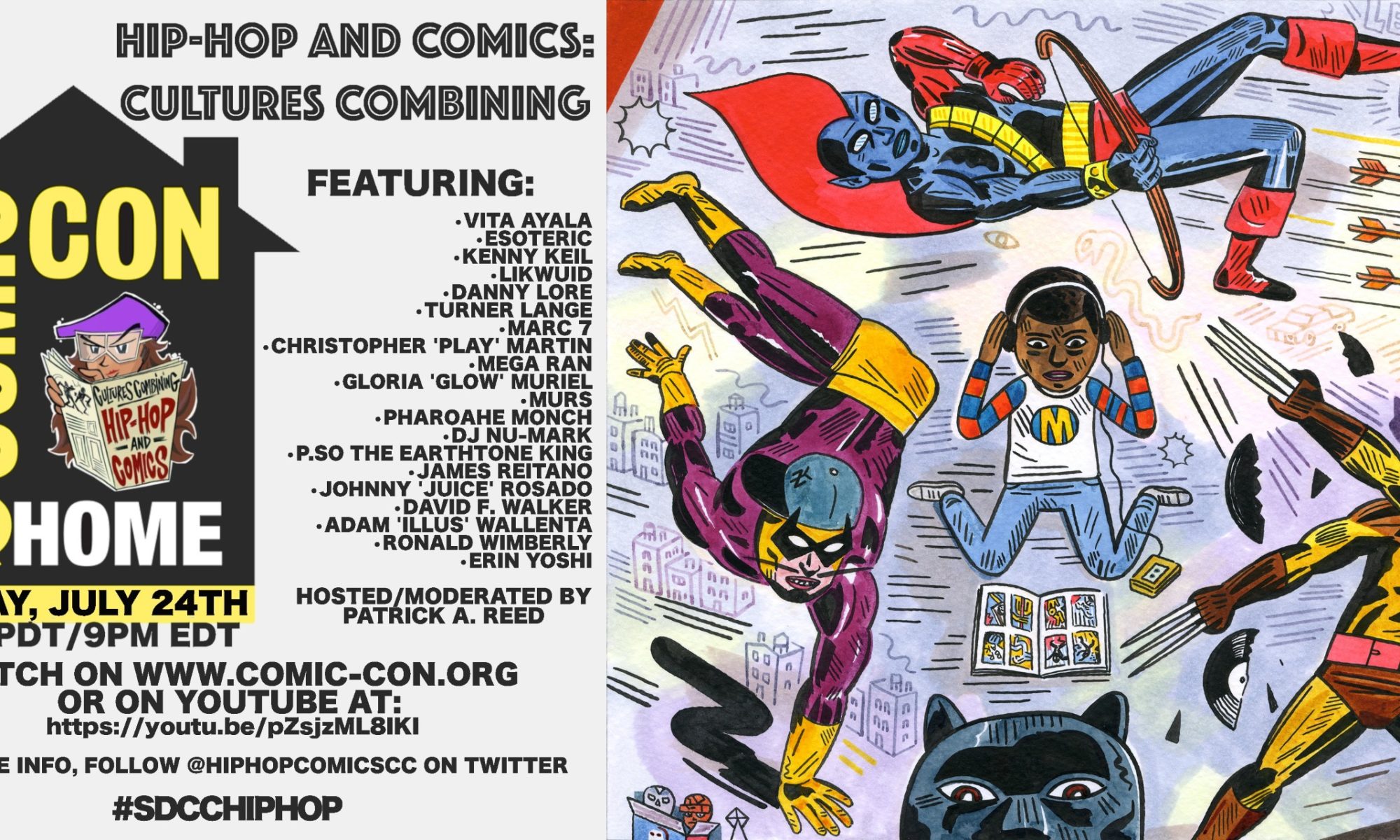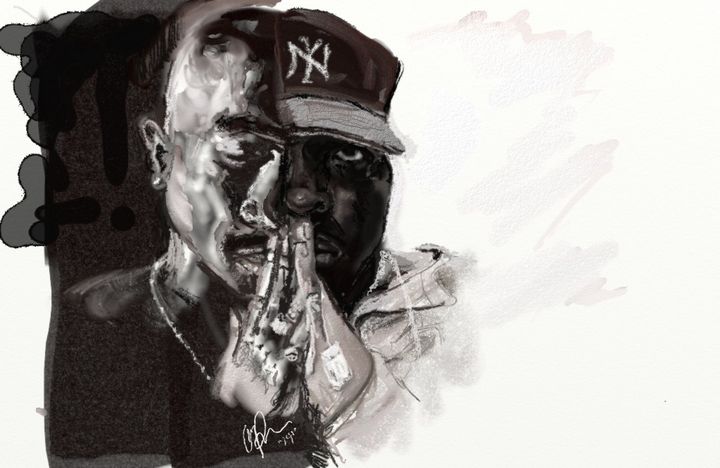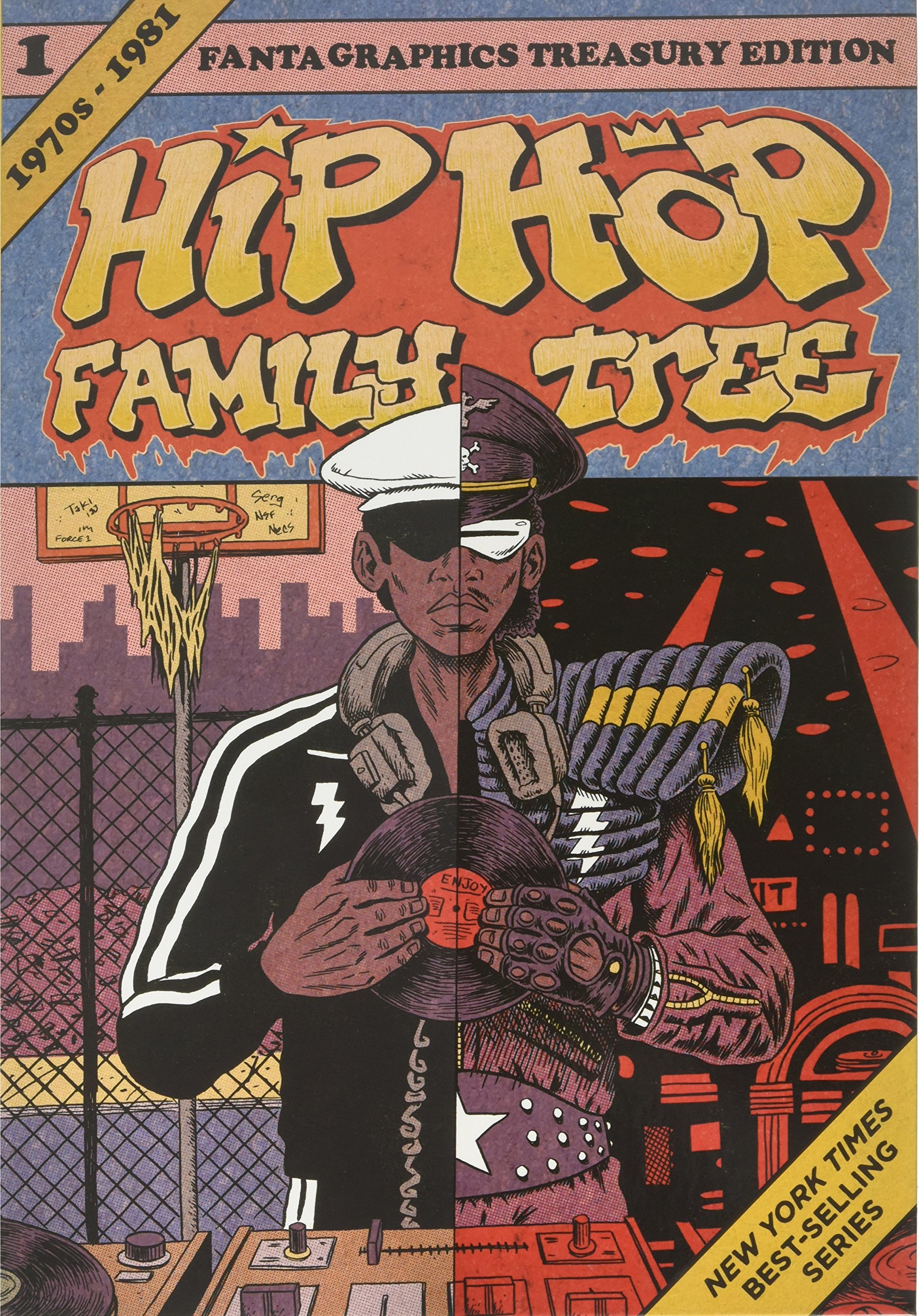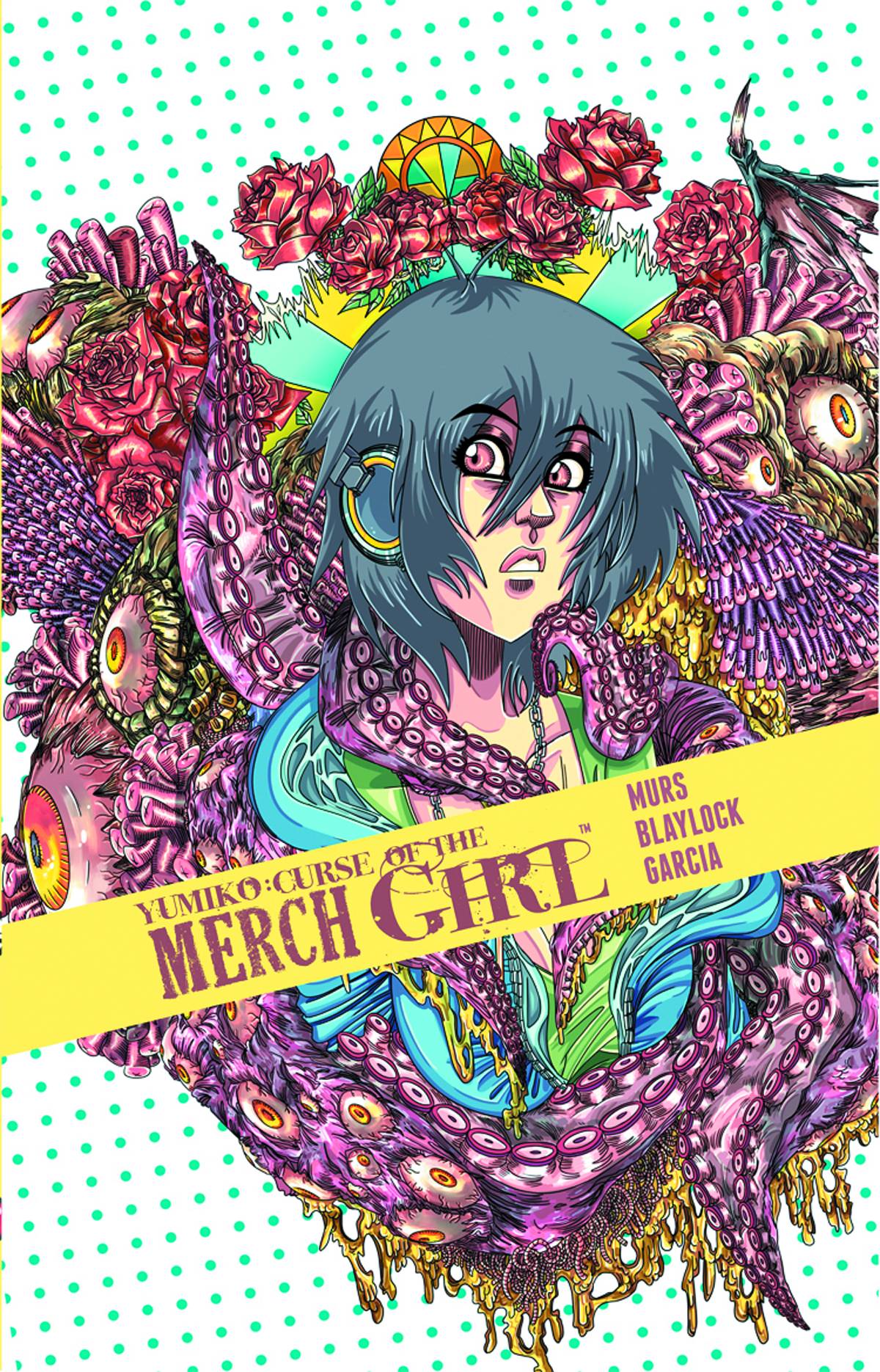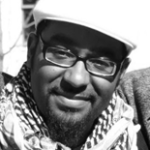
@DontTweetTyson
The year was 2005, I found myself living in San Diego, and its July. I kept hearing about Comic-Con, but had given up the idea of ever being able to attend, and — not having had many people like myself in my life — someone as deeply comfortable at the record store looking for the latest Hip-Hop to drop and the local comic book shop to pick up my orders for the week. I tried many shops, each one with its own Comic Book Guy, most who loved Metallica and heavy metal, skulls and Sandman. It never fit me. I didn’t know what to expect when looking for tickets for the Con.
In other words, there weren’t too many instances where both of these sides connected and were integrated into a sense of wholeness; it always felt like in each space, I was expected to give up the other…
As a straight up Hip-Hop Head, who also reads comics, well maybe I am a straight up comic book fan who loves Hip-Hop. Forget it; I can’t call it. Let’s try this again: I am a Hip-Hop Comic Book Geek, and as maligned as that term may be, I am, in fact, a geek. The term calls on many different meanings, but, for me, it involves someone who dives deep into their appreciation and by deep, I mean deep. Not only is it about knowledge — knowing a bit more than others about a specific topic — but calls forth the 5th Element of Hip-Hop: overstanding. This idea, of expanded knowledge, wisdom and understanding has always led the way to empowerment and liberation. This is what Hip-Hop and Comics have always served as a conduit for the communities it serves/represents. At its core, this is what the Comic-Con@Home panel was about.
As discussed by Patrick Reed, the moderator/creator of the panel, Hip-Hop and Comics: Cultures Combining, there are four major recognized Elements of Hip-Hop: DJ-ing, Emceeing, Breakdancing, and Graffiti Arts. These are the most recognized, but left out of this is the Element of Overstanding, one of the most important and the one that in many rights, connects all the Elements together into Hip-Hop Culture.
Overstanding became an ever-present, yet unspoken, theme that linked the various panelists; this felt like a straight-up record or comic shop deep dive with your peoples. Ultimate #GeekSwag. The ultimate “visual mixtape” of Hip-Hop and Comics. What was made immediately clear, was that whether a visual or narrative artist, creator or consumer, each were informing and referencing each other. In the Lab, the references were the same.
It took me a while to adjust to the format, the “new normal” that we are experiencing during the pandemic, which has forced us to do things in ways we never thought we would be doing, and Patrick, and friends who served as interviewers astutely navigated this with pre-recorded segments that were edited and put together into different thematics. Once the “codex” became apparent, it was easy to follow the flow and I appreciated the ways in which they pieced together a coherent story — the deep rooted connections between Hip-Hop and Comics.
Each panelist engaged in these “themes”, whether it is the sense of references for how to do it, connection or belonging, the ability to disconnect or find ways to connect at a deeper level; these serve as ties within each genre and serve as the connective tissue between the two. Other panelists discussed the rigors of the methodology, whether that’s artistic or narrative, focusing on the development of Master, signified by titles like Grand Wizard or Grandmaster, in both comics and Hip Hop. It’s all about the skills and techniques: methodologies that overlapped from Graf to visual arts, Djing or Emceeing. The ability to tell stories or create new ones resonated deeply with this geek. In fact, a new term emerged from writer Danny Lore – Swagger Punk – that serves as an accurate metaphor: engaging in new technologies, serving up justice, attitude; all without ever asking permission.
One of the ever-present themes is about connection, finding and/or creating ways to be your fully authentic self. Murs and Pharaohe Monch both talked about finding empowerment at the intersections of Hip-Hop and Comic culture, a place that hadn’t been realized previously.
In my younger years, I felt that sometimes, like Monch and Murs, each space by itself felt like living in some kind of limbo — stuck behind the veil as W.E.B. articulated; instead of this space of belonging, empowerment and community that was and has always been there. Both Hip-Hop and Comics has served as a place for integration, for searching for and finding an authentic self.
David F. Walker, author of the upcoming The Black Panther Party: A Graphic Novel, correctly states that in many ways both Hip-Hop and Comics, came from the same place — the margins of society. Both have been viewed as “low brow” and both having risen to the heights of popularity and a truly global reach. You need only look at Hip-Hop’s expansion from Germany to Japan or how Marvel’s Black Panther was received in Korea, to see the truth in this.
Lore, Ayala, Likwud, Walker, and Czarface’s Esoteric connected one of the most under-appreciated elements of both cultures: the desire for Justice, whether that is fighting against Thanos or Darkseid or if is fighting racial and gender oppression; the villain isn’t always a maniacal menace, hellbent on world domination, but sometimes it’s your neighbor actively working to maintain the system of racism. This connection is what drew many panelists and those of us who are part of these cultures, I know it’s what first drew me to Public Enemy and the Uncanny X-Men.
Jump back to 2005, I decided to buy a single day pass, not having any idea how big Comic-Con was and not knowing anybody in my new home who was into my weird combination of interests, not knowing what my experience would be inside. From the jump, I ran into some dude with the best Jon Stewart Green Lantern cosplay I had seen to date; but more importantly as I roamed the main hall, I came across two brothers – The MadTwiinz — creators of BlokHedz — also from the East, specifically Boston.
Now, mind you these guys were behind the table. I had walked through the entire main hall, and well.. I hadn’t seen many faces that look like mine. Here were two creators, from the same place as me and selling copies of the greatest connection between Hip-Hop and Comics I had ever seen. Blokhedz is literally the story off a 17-year old skater and rapper with the ability to control reality through his rhymes. Full MFing stop.
In the matter of a few minutes I had encountered my peoples; we are from the same region of the country but we met here, nearly 3500 miles away from home at SDCC, and we spoke the same language. Of course, I walked away with the full limited edition, signed by both Twiinz. The singles (aptly named “Thinking of a Master Plan”, “Paid in Full” and “Pump Up the Volume”) with a copy of their about-to-be-released (and in fact one of only a few) sculpted action figures of Essence, the dope ass around-the-way girl, complete with bamboo earrings who hopefully will help Young Blak follow the path of righteousness.
For me, this panel – exposing the deep connections between Hip-Hop and Comics represents over 30 plus years of struggle. In one moment, like my first day at Comic-Con, my existence was validated, I felt connected to a larger community. I had the same experience that I felt while listening to this panel. The connection runs deep-deep and each of the panelists drops knowledge, wisdom and understanding, in other words they connected the 4 Elements with Overstanding. 4.25/5 Limited Editions.
-Tyson Rose
WATCH HIP-HOP AND COMICS: CULTURE COMBINING RIGHT HERE!!!

